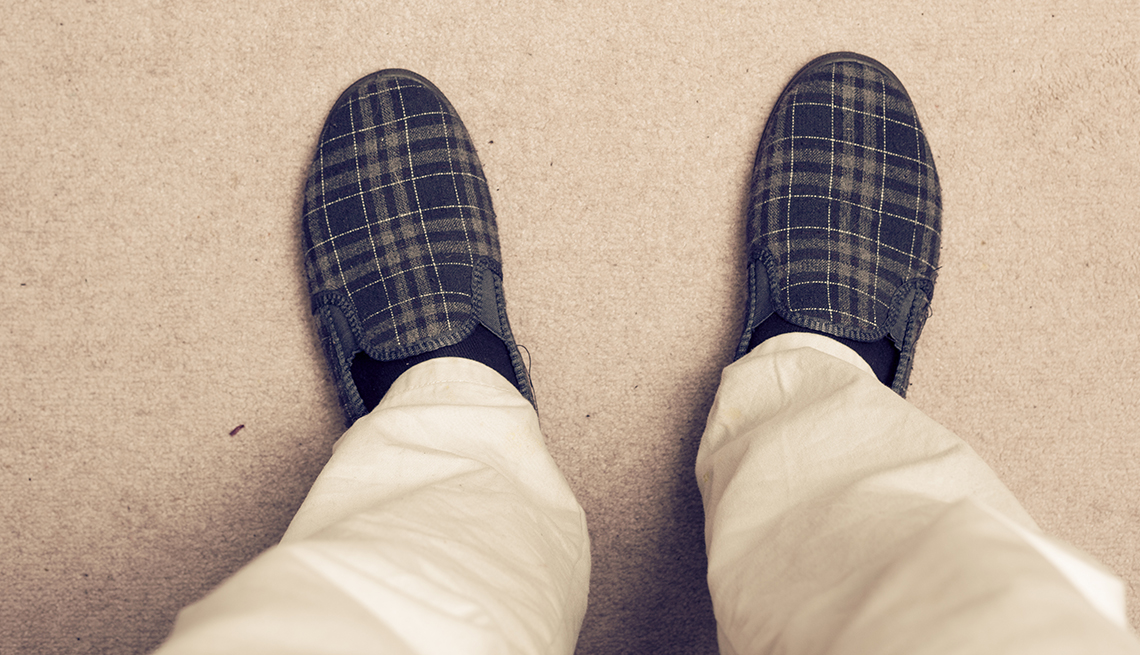AARP Hearing Center
Half of all falls happen at home, and many occur when older people are doing everyday activities — reaching for objects overhead, climbing on a stepstool or walking down the stairs.
The reasons for falls are varied: poor eyesight, weakened muscles or dizziness from medication. For many reasons, seniors often aren't as steady on their feet and lose their balance.
What can you do to prevent falls? Carefully inspect your house — inside and out — and consider making these changes that will increase the safety of the home.
To see how caregiving is transforming, check out AARP’s caregiving and technology series.
All rooms
- Install carpet with short, dense pile.
- Secure rugs with double-sided carpet tape and make thresholds even.
- Make sure electrical and extension cords are out of the way.
- Keep exits and hallways open.
- Provide bright, evenly distributed light.
- Use lampshades that reduce glare.
- Make sure light switches and electrical outlets are easy to reach.
- Use nightlights.
Stairs
- Put handrails on both sides of stairways.
- Make sure steps are in good repair.
- Use non-skid contrasting tape, rubber stair treads, or coated, skid-resistant surface treatment on non-carpeted stairs in one-inch intervals. Use three long strips of tape on each step.
- Check carpeting to make sure it is firmly attached along stairs. Make immediate repairs to worn or loose carpet.
- Choose a carpet pattern that doesn't hide step edges, making it look like steps have ended when they haven't.
- Remove any rugs at the top or bottom of stairways.
- Use at least 60-watt bulbs in stairways and have on-off switches at the top and bottom of stairs.
Kitchen
- Get sturdy stepstools — preferably with handrails — to reach upper shelves.
- Avoid using floor wax.
Bathroom
- Use rubber bathmats or strips in bathtubs and showers.
- Install at least two grab bars in the bath.
- Secure bathroom rugs to the floor.
- Use raised toilet seats and/or install handrails near the toilet.
Exterior
- Be sure there is adequate lighting to get safely in and out of the house.
- Install handrails along any flight of outdoor steps.
- Buy sand or salt for icy walkways.
- Keep steps, sidewalks, decks and porches clear of newspapers, and sticks, rocks, wet leaves and other debris.
- Repair broken or uneven pavement on walkways and driveways.
- Remove shrub or tree roots sticking out of the ground.


































































